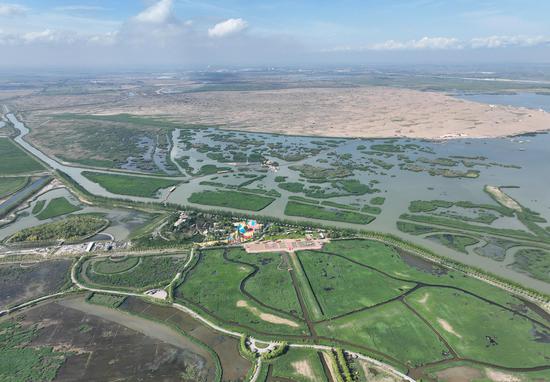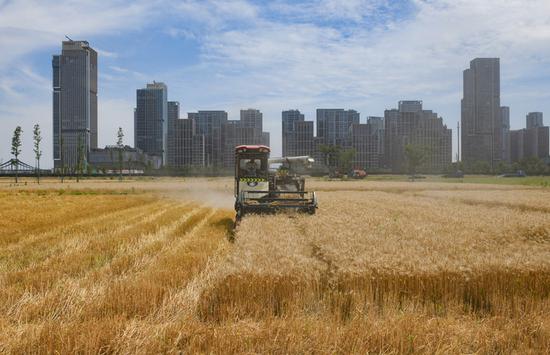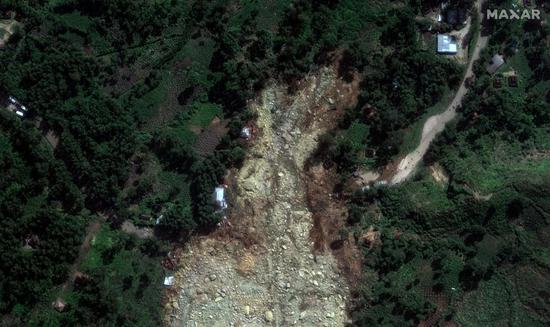Chinese people have just experienced the warmest spring in history between March and May, with the national average temperature reaching a record high since complete meteorological records began to be kept in 1961.
The overall climate across the country exhibited warm and humid characteristics during the spring of 2024. The national average temperature between March and May reached 12.3 C, higher than the 10.9 C of the same period in previous years by 1.4 C, a record in the same period since 1961, according to the official WeChat account of China’s National Climate Center.
In terms of spatial distribution, the temperatures in most regions across China during the spring was 1 C to 2 C higher than usual, with the average temperatures in some places such as Sichuan, Shanxi, Gansu, Anhui, Yunnan, Shaanxi, Hubei, Ningxia and Henan hitting their record highs during the same period since 1961.
31 national weather stations in the southwestern and the southern parts of the country recorded daily maximum temperatures that meet the standards of extreme weather events. Among them, 12 stations recorded temperatures reaching or surpassing historic extreme values. In particular, Lingao county and Chengmai county, both in South China’s Hainan Province, recorded temperature highs of 42.8 C and 42 C respectively on April 30.
On the other hand, the National Climate Center also noted that the overall precipitation across the country was generally above average during the spring, with an uneven spatial distribution. The national average precipitation in spring was 163 millimeters, 13.3 percent higher than the average precipitation for the same period, ranking the sixth highest in history since 1961.
South China’s Guangdong Province had the highest precipitation in this spring since 1961, while Northeast China’s Jilin Province and Northwest China’s Qinghai Province had the third highest precipitations in history.
Besides, while the winter-spring drought in the southwestern region has eased, the drought conditions have emerged and developed in the Huanghuai and Jianghuai regions, according to the National Climate Center.
Due to high temperatures and less rainfall since the beginning of the year, continuous drought affected the southwestern region from winter to spring. However, multiple rainfalls occurring in May have gradually alleviated the drought in this region.
Since April, droughts have affected and developed in the regions of Huanghuai and Jianghuai, with moderate to severe droughts currently affecting parts of central Huanghuai, northern Jianghuai and eastern Jianghan regions.
On May 31, the area affected by drought in five provinces including Shandong, Henan, Anhui, Jiangsu and Hubei reached 308,000 square kilometers, with severe drought affecting an area of 124,000 square kilometers and extreme drought covering an area of 43,000 square kilometers.


















































 京公网安备 11010202009201号
京公网安备 11010202009201号